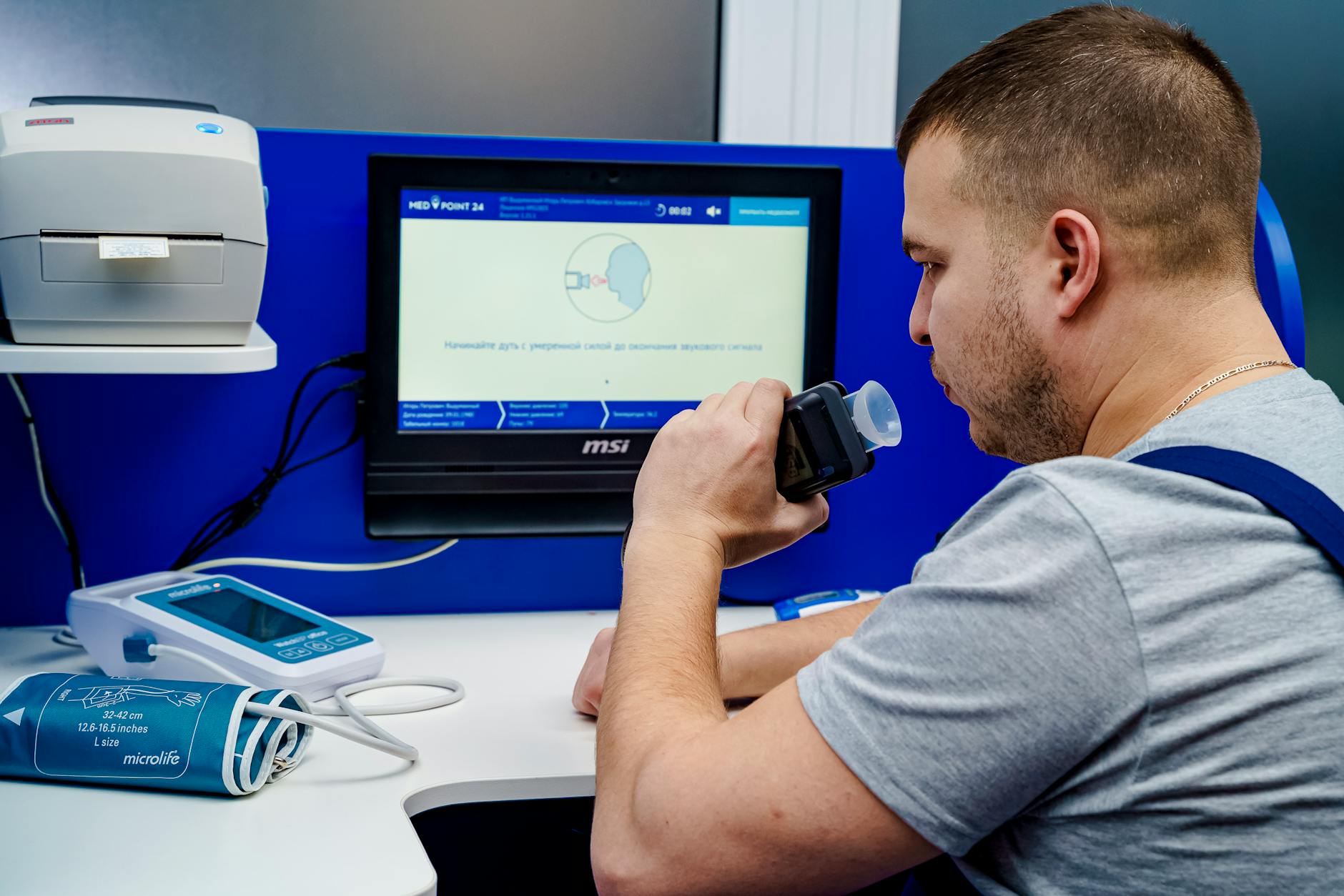Join us on a journey to explore the science behind alcohol tolerance, from the first sip to the last call. Cheers!
Table of Contents
Alcohol has been a part of social gatherings and celebrations for centuries. However, the question of how many beers it takes to get drunk is a common query that many individuals have pondered at some point in their lives. In this blog post, we will delve deep into the science behind alcohol metabolism, individual tolerance levels, and various factors that can influence intoxication.
Understanding Alcohol Metabolism
Alcohol metabolism is a complex process that begins as soon as you take your first sip. The liver plays a crucial role in breaking down alcohol into less harmful substances. Enzymes like alcohol dehydrogenase and aldehyde dehydrogenase work together to metabolize alcohol by converting it into acetaldehyde and then into acetic acid. This process takes time, which is why the effects of alcohol are not immediately felt.
Individual Tolerance Levels
One of the key factors that determine how many beers it takes to get drunk is an individual’s tolerance level. Tolerance refers to the body’s ability to adapt to the effects of alcohol over time. Some people may have a higher tolerance due to genetic factors, while others may have a lower tolerance. Factors such as age, weight, liver function, and overall health can also play a role in determining an individual’s tolerance to alcohol.
Factors Influencing Intoxication
There are several factors that can influence how quickly someone becomes intoxicated after consuming alcohol. The alcohol content in the beverages, the rate of consumption, and whether alcohol is consumed on an empty stomach are all important factors to consider. Mixing different types of alcohol can also impact intoxication levels, as different drinks have varying levels of alcohol content. It is essential to pace oneself and be aware of how much alcohol is being consumed to avoid overconsumption.
Understanding the science behind alcohol metabolism and individual tolerance levels can help individuals make informed decisions when it comes to drinking alcohol. It is essential to drink responsibly and know when to stop to prevent negative consequences. By being aware of one’s limits and the factors that can influence intoxication, individuals can enjoy alcohol in a safe and enjoyable manner.
Remember, the number of beers it takes to get drunk can vary from person to person, so it is crucial to listen to your body and drink responsibly. By knowing the science behind alcohol metabolism and understanding the factors that can influence intoxication, individuals can make informed choices when it comes to alcohol consumption. Cheers to enjoying a drink in moderation and staying safe while doing so!
FAQ
What factors can influence alcohol tolerance?
Factors such as genetics, age, weight, liver function, and overall health can impact an individual’s alcohol tolerance level.
How does alcohol metabolism work in the body?
Alcohol is metabolized in the liver by enzymes like alcohol dehydrogenase and aldehyde dehydrogenase, converting it into acetic acid over time.
Why is it important to drink alcohol responsibly?
Drinking responsibly helps prevent negative consequences such as impaired judgment, accidents, and health risks associated with overconsumption.
How can one determine their alcohol tolerance level?
Understanding one’s limits, pacing alcohol consumption, and being mindful of factors like alcohol content and rate of consumption can help individuals gauge their alcohol tolerance level responsibly.
Generated by Texta.ai Blog Automation


Leave a Reply